A while back Klaus mentioned to me the theory that what I've called the BGS 1st Model Sumpftarn jacket is actually from Schleswig-Holstein Polizei. As soon as he suggested that something clicked and the more I think of it the more I think this is correct. I asked a couple of good friends who have been on the S-H Polizei force since 1970s, but none of them have ever heard of their officers wearing camouflage. Which doesn't disprove the theory since it was likely worn when they were still learning how to read  and that the jackets are in such small numbers that it is likely they were either experimental or very special issue.
and that the jackets are in such small numbers that it is likely they were either experimental or very special issue.
Since Klaus' opening of my eyes I've been meaning to present the evidence to you all for review. I finally got around to it! First, an overview of the evidence.
I present to you pictures of the mystery jacket (I will call it S-H Sumpftarn for this discussion), a 1958-1962 BGS Sumpftarn jacket, and a late 1960s early 1970s S-H Einsatz jacket.
You will note that the S-H Sumpftarn and S-H Einsatz jackets share several features which are not present on the BGS Sumpftarn jacket (or the earlier smocks or later jackets). We know that S-H field items were heavily influenced by BGS so there are two possibilities:
1. The S-H Einsatz jacket was based upon an experimental BGS jacket that used features that the BGS rejected.
2. The S-H Einsatz jacket was based upon an experimental S-H jacket that shared some features of BGS jackets, but had some unique features to create a unique identity.
I think #2 is the more likely situation. Therefore, at the moment, I am more comfortable calling this early Sumpftarn jacket S-H than I am calling it BGS. I'm curious to know what others think!
Steve
 and that the jackets are in such small numbers that it is likely they were either experimental or very special issue.
and that the jackets are in such small numbers that it is likely they were either experimental or very special issue.Since Klaus' opening of my eyes I've been meaning to present the evidence to you all for review. I finally got around to it! First, an overview of the evidence.
I present to you pictures of the mystery jacket (I will call it S-H Sumpftarn for this discussion), a 1958-1962 BGS Sumpftarn jacket, and a late 1960s early 1970s S-H Einsatz jacket.
You will note that the S-H Sumpftarn and S-H Einsatz jackets share several features which are not present on the BGS Sumpftarn jacket (or the earlier smocks or later jackets). We know that S-H field items were heavily influenced by BGS so there are two possibilities:
1. The S-H Einsatz jacket was based upon an experimental BGS jacket that used features that the BGS rejected.
2. The S-H Einsatz jacket was based upon an experimental S-H jacket that shared some features of BGS jackets, but had some unique features to create a unique identity.
I think #2 is the more likely situation. Therefore, at the moment, I am more comfortable calling this early Sumpftarn jacket S-H than I am calling it BGS. I'm curious to know what others think!
Steve

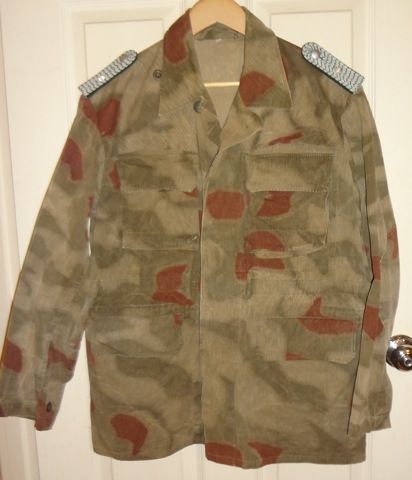
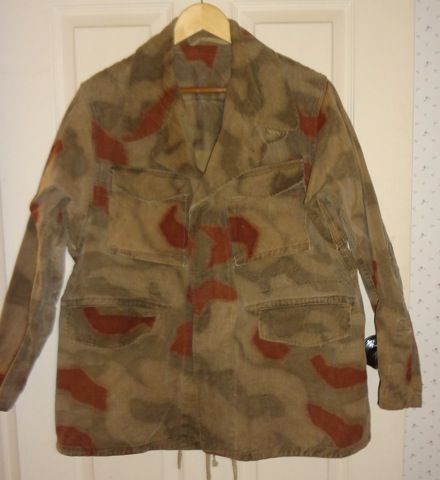
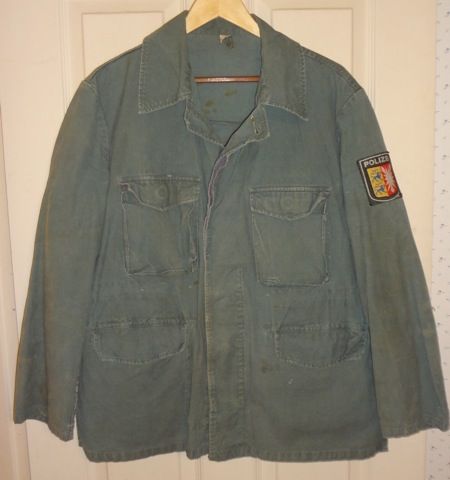
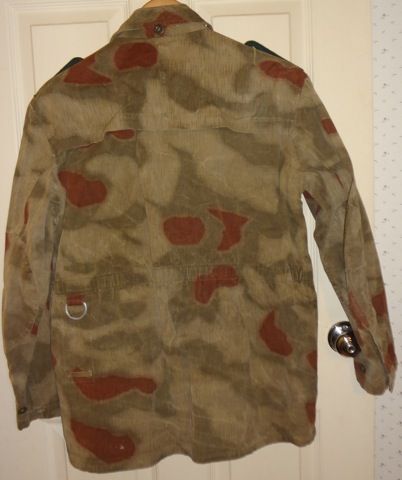
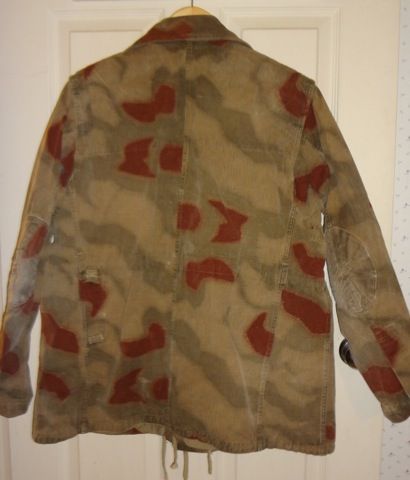
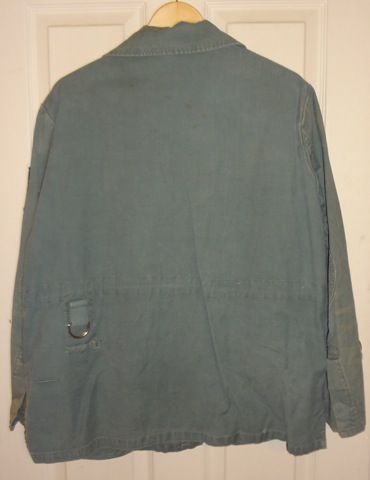

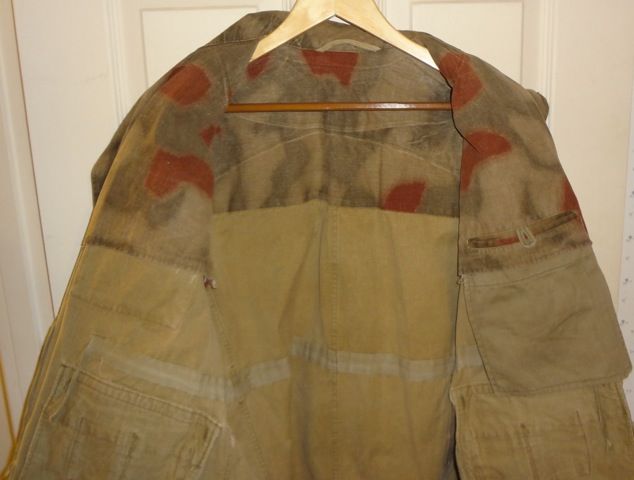
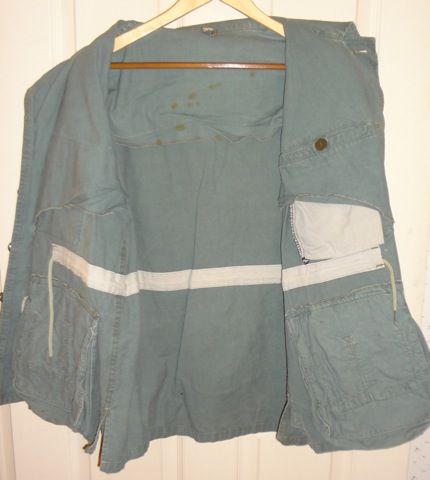

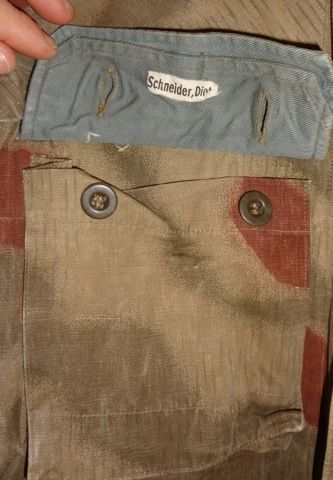


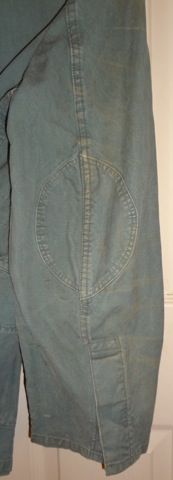
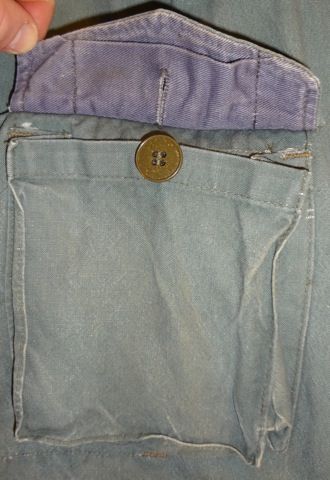
Comment